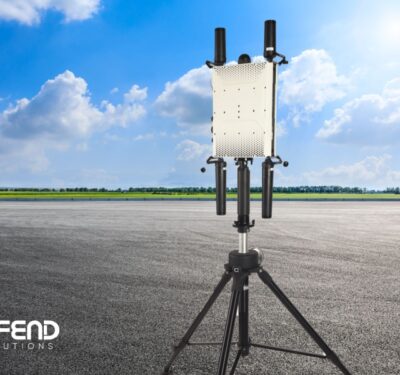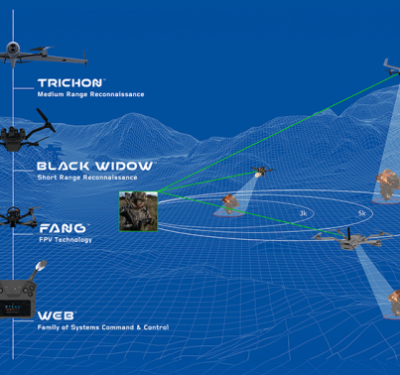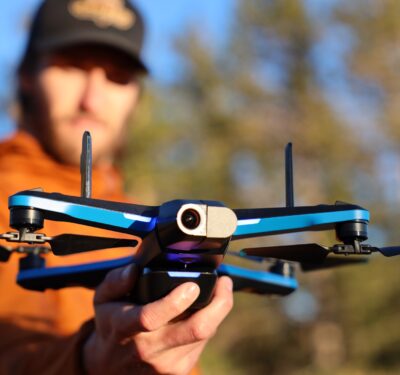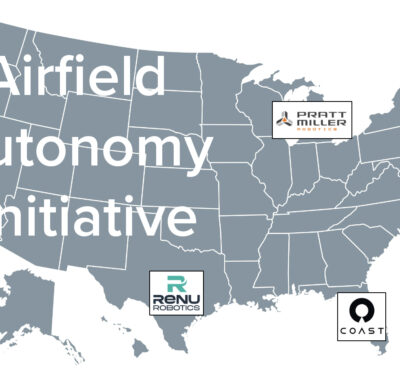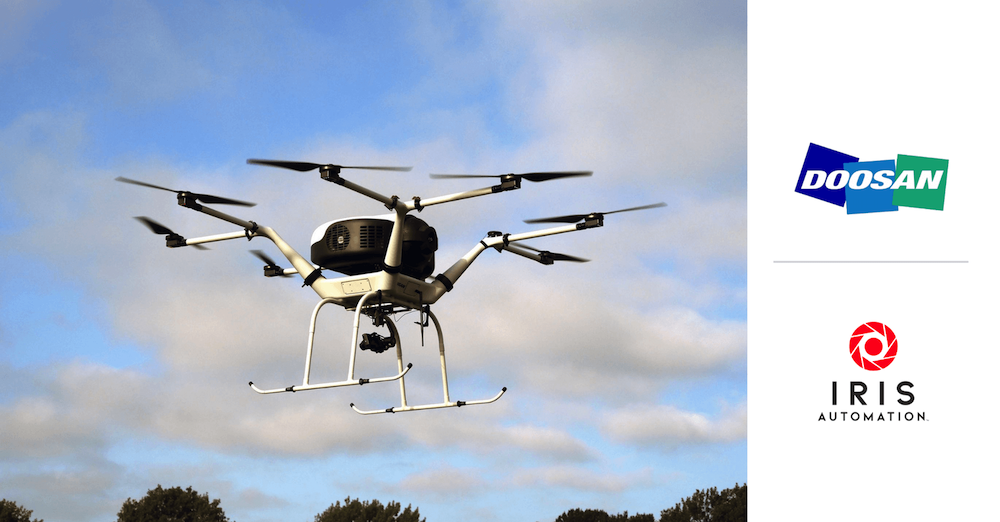 Iris Automation announced the company has partnered with Doosan Mobility Innovation (DMI) for the integration of its Casia detect and avoid (DAA) system with DMI’s family of hydrogen powered systems and drones. The joint solution will enable DMI’s clients to operate safer advanced missions like beyond visual line of sight (BVLOS) and accelerates the Korean manufacturer’s entrance into the US market.
Iris Automation announced the company has partnered with Doosan Mobility Innovation (DMI) for the integration of its Casia detect and avoid (DAA) system with DMI’s family of hydrogen powered systems and drones. The joint solution will enable DMI’s clients to operate safer advanced missions like beyond visual line of sight (BVLOS) and accelerates the Korean manufacturer’s entrance into the US market.
Iris Automation’s Casia allows an uncrewed aerial vehicle (UAV) to see and react to the aviation environment around the aircraft. Casia detects other aircraft using computer-vision algorithms to classify them, makes intelligent decisions about the threat they may pose to the drone and then triggers an alert to execute maneuvers to safely avoid collisions.
With its leading hydrogen-powered fuel cell technology, DMI commercial UAVs are BVLOS-capable and well suited for long endurance flight applications. Drone operations are both eco-friendly and sustainable when powered by hydrogen, as opposed to petroleum.
DMI will provide US customers with the option of Casia integrated with its drones or as a combined purchase with their stand -alone powered systems. The two companies will also collaborate on professional services to advance compliance with emerging US aircraft regulatory requirements.
Quote from Soonsuk (Fran) Roh, manager of Americas and Oceania business development at Doosan Mobility Innovation
“Doosan has developed industry leading hydrogen fuel cell drone technology that delivers the endurance and performance necessary to enable autonomous UAV flight, without carbon emissions. We are excited to bring this innovation to the United States market, and to partner with a safety innovator like Iris Automation.”
Quote from Lori DeMatteis, vice president of sales & marketing at Iris Automation
“This partnership opens a new pathway for enterprise operators to evolve their operations from traditional platforms to sustainable and safety-focused BVLOS UAS systems that deliver real business outcomes today, while protecting their environmental and accident safety reputation.”


